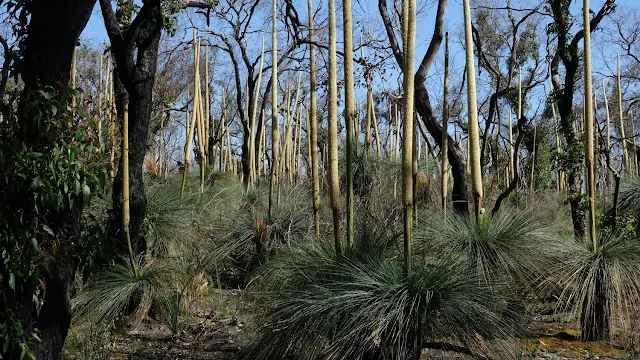Could social media save the environment?
Seems the answer is, it depends.
David Attenborough once said, “No one will protect what they don't care about; and no one will care about what they have never experienced”.
Generally, most environmental campaigners would agree with Sir David.
There are numerous accounts of how social media is responsible for negative impacts on sensitive ecosystems – more exposure resulting in overuse and abuse, photo-trophy hunters, ‘selfie’ addicts chasing that extra special location and so on. Some environmentalists advocate that photographers should not announce where an image was taken and even delete the exif data before publishing an image.
Clicktivism is often criticised as a downfall of social media in regards to support for the environment. Clicking the ‘share’ or ‘like’ button makes some people believe they have achieved some change but in fact, have they? Clicktivism can create the impression of support rather than contributing meaningfully to a cause. It has to be said though, online activity can often motivate some people to be more active offline.
As we are all too well aware, ‘fake news’ is rife on social media and it can apply to environmental matters. It is just as easy to spread misinformation about nature on social media as it is to provide false facts about vaccines and elections.
 |
| Credit: studyfinds.org |
The flip side though, is that social media can be a powerful tool for environmental activism, awareness and education. Social media enables environmentalists and nature lovers to connect and it is easier than passing out fliers in the street.
Around the world, green groups and environmental campaigners have taken to social media to alert communities to minor and major environmental issues. This is a bit ironic in that it might involve more time on a cell phone or in front of a computer screen than actually being outdoors experiencing nature. It is a balancing act.
 |
| Grantville NCR |
The best advice – sure, use social media to learn about nature and the environment or to promote a cause but be sure to check your facts and be honest. Most of all, get out there and experience it!
Social media can have powerful positive or negative effects; it depends on how it is used.




